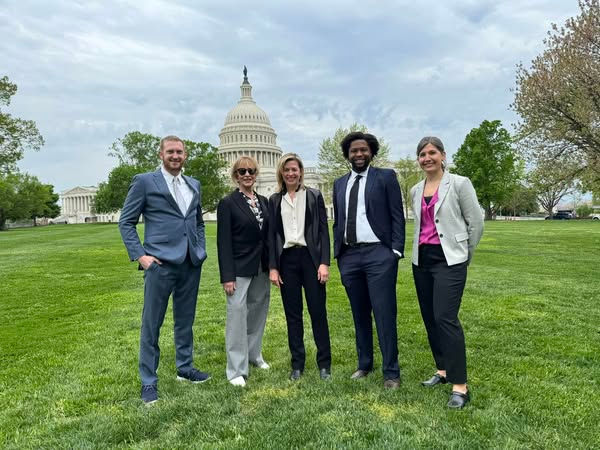Your Forest, Your Legacy
- crcsaw
- Aug 29
- 2 min read
🌲 Your Forest, Your Legacy: A Steward’s Guide to Family-Owned Forest Management
So how do you honor your land while ensuring its health, value, and longevity?
Let’s walk through the essentials of forest stewardship—designed for family forest owners who want to protect, profit from, and pass on their woodland legacy.
🌿 Why Family Forests Matter
Family-owned forests make up a significant portion of private forestland in the U.S., often serving as:
Wildlife habitats and biodiversity reservoirs
Carbon sinks that combat climate change
Sources of income through timber, recreation, or conservation programs
Emotional anchors for family history and future planning
But unlike corporate forests, family forests are deeply personal. That’s why management must blend science with story.
🧭 The Stewardship Mindset: Managing with Purpose
Proper forest management starts with intention. Ask yourself:
What do I want this forest to provide—now and in the future?
Who will inherit this land, and what values do I want to pass on?
How can I balance ecological health with economic opportunity?
This mindset turns you from a landowner into a steward—someone who manages not just for today, but for tomorrow.
🌲 5 Pillars of Forest Management for Families
Here’s a framework to guide your journey:
1. Inventory & Assessment
Walk your land. Note tree species, age, health, and density.
Identify invasive species, erosion risks, or fire hazards.
Consider hiring a forester for a professional assessment.
2. Set Clear Goals
Timber income? Wildlife habitat? Recreation? Legacy?
Prioritize goals and align them with your values and timeline.
3. Create a Forest Management Plan
Include thinning schedules, harvest rotations, and replanting strategies.
Factor in seasonal changes, local regulations, and conservation programs.
Update the plan every 5–10 years or after major events.
4. Engage in Sustainable Practices
Use selective harvesting to preserve biodiversity.
Protect water sources and soil health.
Encourage native species and remove invasives.
5. Plan for Succession
Talk with heirs about your vision.
Consider conservation easements or trusts to protect the land.
Document your plan and values—make it part of your legacy.
🌳 From Timber to Trust: Building Multi-Generational Stewardship
Forest management isn’t just technical—it’s relational. Involve your family in:
Seasonal walks and wildlife tracking
Planting days and habitat restoration
Storytelling around the campfire about the land’s history
This builds emotional ownership and prepares the next generation to steward with care.
🛠️ Tools & Resources for Family Forest Owners
State forestry agencies often offer free or low-cost consultations
NRCS and USDA programs provide funding for conservation practices
Landowner cooperatives offer shared resources and peer support
Legacy planning workshops help with succession and estate strategies
🌟 Final Thought: Stewardship Is a Story You Write Together
Your forest is more than trees—it’s a living legacy. With proper management, you can ensure it thrives ecologically, economically, and emotionally. Whether you're harvesting timber or harvesting memories, the choices you make today shape the story your forest will tell tomorrow.



Comments